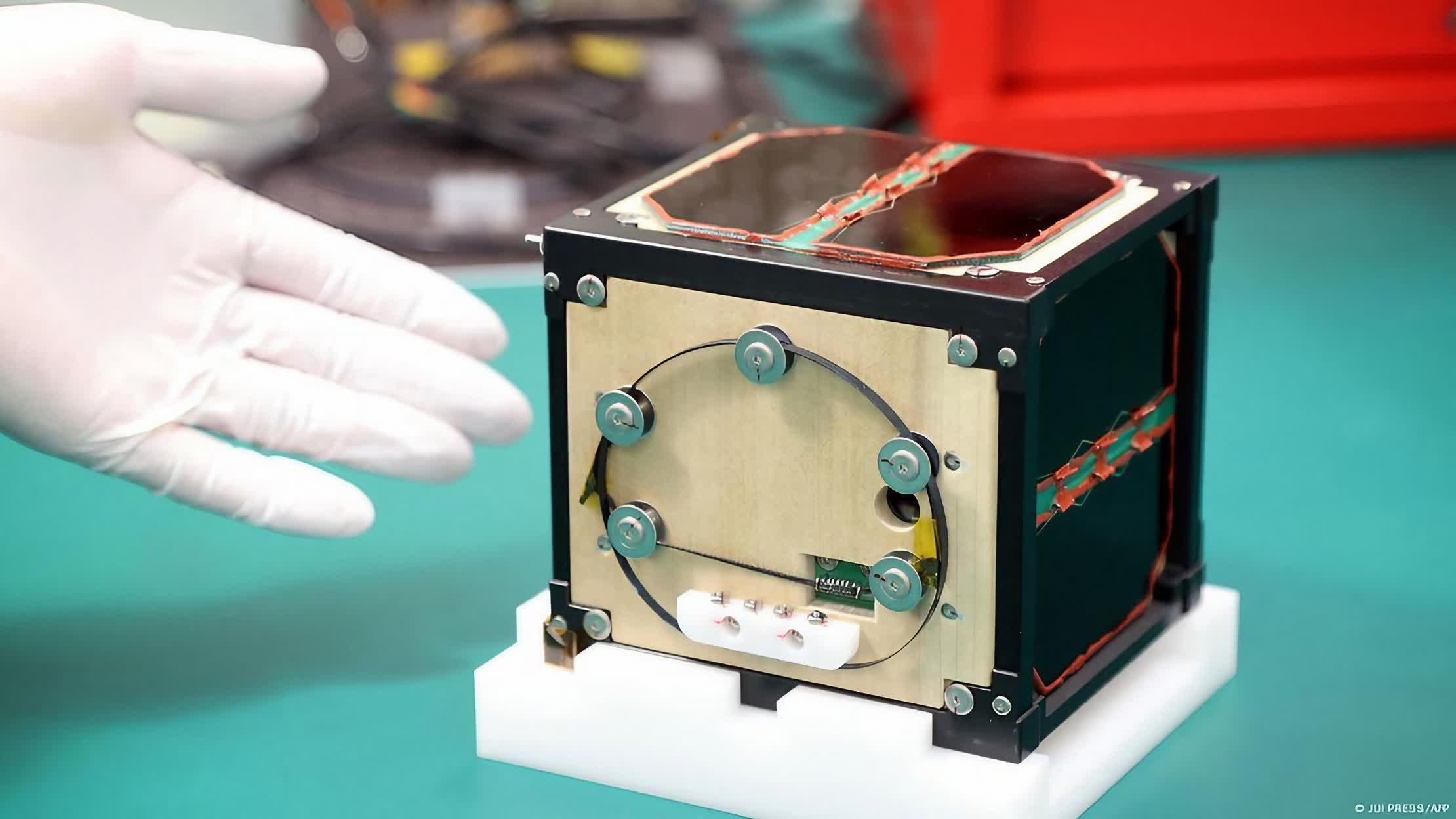What just happened? A tiny satellite made primarily of wood has hitched a ride to the International Space Station aboard a SpaceX Dragon capsule. Dubbed LignoSat, it arrived at the orbiting lab on November 5 after launching from Cape Canaveral a few days earlier.
LignoSat is a four-inch (10cm) cube packed with advanced electronics and sensors. But instead of being constructed from typical satellite materials like aluminum, it uses wood sourced from Japanese magnolia trees as its primary material.
Why trade metal for wood? The researchers from Kyoto University and logging firm Sumitomo Forestry, which are building LignoSat, say it could lead to more sustainable satellites that don't pollute the atmosphere as they fall back to Earth at the end of their missions.
"While some of you might think that wood in space seems a little counterintuitive, researchers hope this investigation demonstrates that a wooden satellite can be more sustainable and less polluting for the environment than conventional satellites," Meghan Everett, the deputy chief scientist for NASA's International Space Station program, said in a press briefing on Monday.

Conventional aluminum satellites release aluminum oxide particles into the upper atmosphere as they burn up on re-entry. These particles can affect the planet's temperature balance and even damage the ozone layer protecting us from UV radiation. With mega-constellations of numerous satellites launching in recent years, such as SpaceX's Starlink network, which now numbers over 6,500 active craft. This could lead to significant accumulation of aluminum oxide over time.
LignoSat aims to test how well a wooden satellite performs in a space environment. In about a month, the craft will be ejected from the ISS into orbit. By monitoring the data relayed by the satellite's onboard electronics, researchers will look at how the wood fares against temperature swings of up to 200°C every 45 minutes as the satellite cycles between sunlight and darkness. They'll also check its ability to shield components from cosmic radiation compared to aluminum.
Of course, the lack of moisture and oxygen in the vacuum of space automatically makes wood significantly more durable than on Earth. But testing is still needed before such satellites can be widely adopted..
If LignoSat passes with flying colors, the researchers suggest wooden spacecraft could have applications beyond just low-Earth orbit satellites. Interplanetary probes or habitats using wood as a construction material may not be so far-fetched if the material shows promise. The team aims to plant trees on the moon and Mars within the next 50 years.
"With timber, a material we can produce by ourselves, we will be able to build houses, live and work in space forever," Takao Doi, an astronaut who studies human space activities at Kyoto University, told Reuters.
Image credit: Kyoto University
